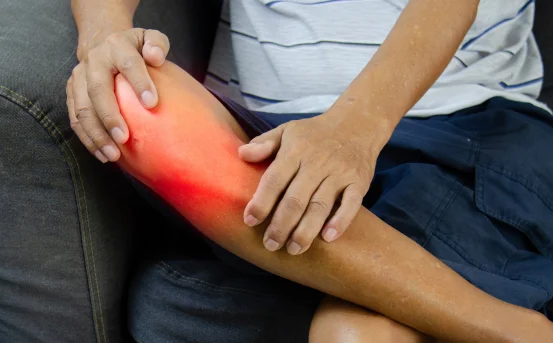Joint pain, swelling, or stiffness can significantly affect your daily life. While many joint problems can be treated with medications, physical therapy, or lifestyle changes, some conditions require a closer look inside the joint—and that’s where arthroscopy surgery comes in.
Arthroscopy is a minimally invasive surgical procedure used to diagnose and treat joint problems. It involves inserting a small camera (arthroscope) and specialized instruments through tiny cuts around the joint. But not every joint issue needs surgery. So, when is arthroscopy surgery actually needed?
Let’s explore the signs, conditions, and situations where this advanced procedure becomes the right choice.
What is Arthroscopy Surgery?
Arthroscopy allows orthopedic surgeons to view the inside of a joint without making a large incision. It’s commonly performed on the knee, shoulder, ankle, elbow, hip, and wrist. Through this procedure, the surgeon can identify the root cause of joint pain and, in many cases, treat the issue during the same operation.
It offers faster recovery, minimal scarring, and reduced pain compared to traditional open surgery.
When is Arthroscopy Surgery Needed?
- Persistent Joint Pain That Doesn’t Improve with Conservative Treatment :- If rest, medications, physical therapy, and injections have not relieved your joint pain after several weeks or months, arthroscopy may be needed to diagnose or treat the underlying issue. It allows surgeons to look directly at the cartilage, ligaments, and other structures inside the joint.
- Torn Cartilage or Ligaments :- One of the most common reasons for arthroscopy surgery is to repair or remove damaged cartilage (like a torn meniscus in the knee) or repair torn ligaments (like the ACL). These injuries can cause pain, swelling, locking, or instability in the joint and often require surgical repair for full recovery.
- Loose Bone or Cartilage Fragments :- Arthroscopy is often used to remove small pieces of bone or cartilage that may have broken off inside the joint. These fragments can float around, cause sharp pain, restrict motion, or trigger swelling. Removing them through arthroscopy provides relief and prevents further damage.
- Inflamed Joint Lining (Synovitis) :- In conditions like rheumatoid arthritis or other inflammatory joint diseases, the lining of the joint can become inflamed. Arthroscopy can be used to remove inflamed tissue (synovectomy), which helps reduce pain and improve mobility.
- Joint Infections :- In rare cases of joint infection, arthroscopy may be used to wash out the infected joint, remove pus or infected tissue, and help antibiotics work more effectively. It’s often recommended when infections don’t respond to medicine alone.
- Shoulder Impingement or Rotator Cuff Injuries :- If the tendons or bursa in the shoulder are pinched or torn, leading to chronic pain and limited range of motion, arthroscopy surgery can be performed to remove the bone spur or repair the damaged tendon.
Which Joints Can Be Treated with Arthroscopy?
Arthroscopy is commonly used on:
- Knees – For meniscus tears, ACL injuries, and arthritis
- Shoulders – For rotator cuff repair, dislocation, or impingement
- Ankles – For loose bodies or damaged cartilage
- Elbows – For tennis elbow or cartilage problems
- Hips – For labral tears and impingement
- Wrists – For ligament tears or ganglion cysts
When Arthroscopy Might Not Be the Right Choice
Arthroscopy surgery may not be suitable for:
- Severe joint arthritis with extensive damage
- Bone deformities that require realignment
- Infections that have spread beyond the joint
- Patients with certain health conditions that make surgery risky
In such cases, open surgery or joint replacement may be considered instead.
Conclusion
Arthroscopy surgery is a safe, effective, and minimally invasive option for diagnosing and treating many joint-related problems. It becomes necessary when joint pain or dysfunction doesn’t improve with non-surgical methods, or when imaging suggests repairable internal damage.
If you’re experiencing ongoing joint issues, consult with an orthopedic specialist to determine whether arthroscopy is the right step for your recovery. Early diagnosis and timely intervention can help restore joint health and get you back to pain-free movement.























